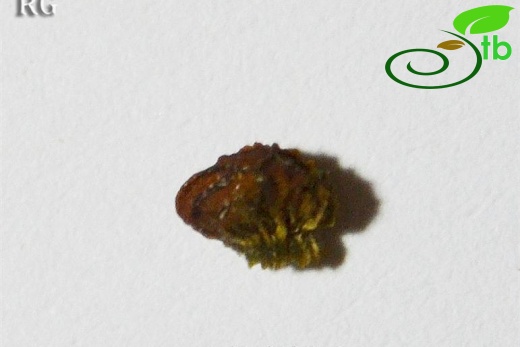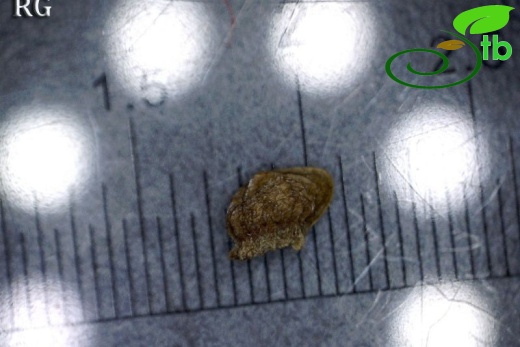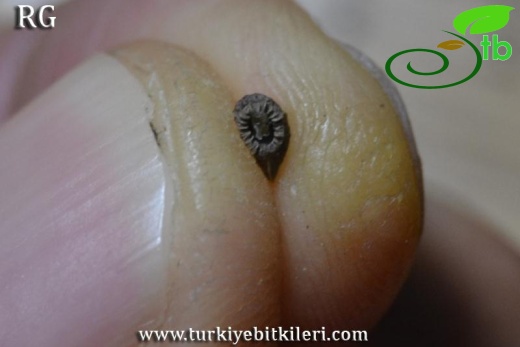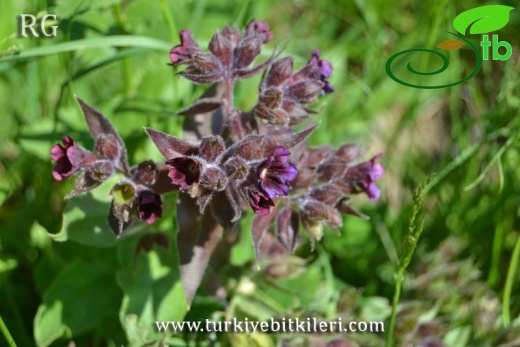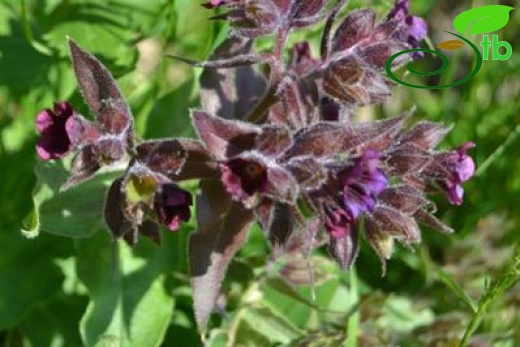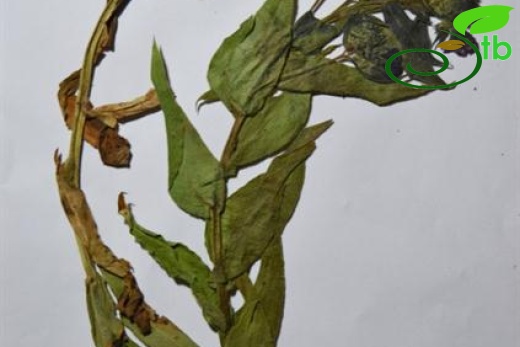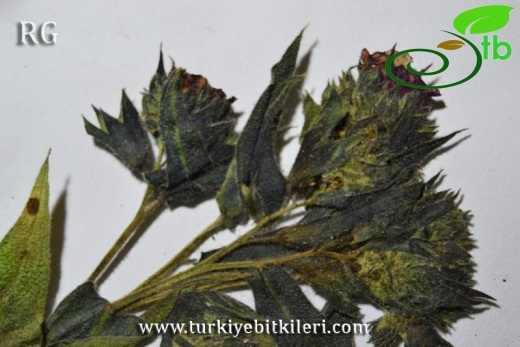Nonea pulla
Nonea persica
Kara sormuk
Syn: Nonea pulla subsp. sqabrisquamata
Hispid-setose, glandular-viscid perennial. Stems 6-45 cm, 1-many, branched above middle. Cauline leaves ovate-lanceolate to linear-lanceolate, 2·5-8 x 0·3-1·5 cm, semi-amplexicaul. Calyx 5-8 mm, divided to 1/3 –1/2 , lobes triangular, acute; fruiting calyx 8-12 mm. Corolla dark purple, 6-12 mm, infundibular, limb campanulate, 1/3 –1/2 x tube, 3-9 mm diam.; scales scabrid or hairy; annulus glabrous. Anthers 1·2-2 mm. Nutlets 4, transversely ovoid, 2-2·5 x 3·5-4 mm, puberulent to glabrous, reticulate-rugose, tuberculate, beak lateral, basal ring thickened, with 11-18 teeth.
1. Scales and corolla throat with long hairs subsp. monticola =Nonea monticola
1. Scales with short stiff hairs, corolla throat ± glabrous subsp. scabrisquamata = Nonea persica
Distribution of species: C. & E. Europe, Caucasia, N. Iraq, N., N.W. & W. Iran; Afghanistan? Subsp. pulla, described from Czechoslovakia, occurs in C. & E. Europe and possibly Caucasia


